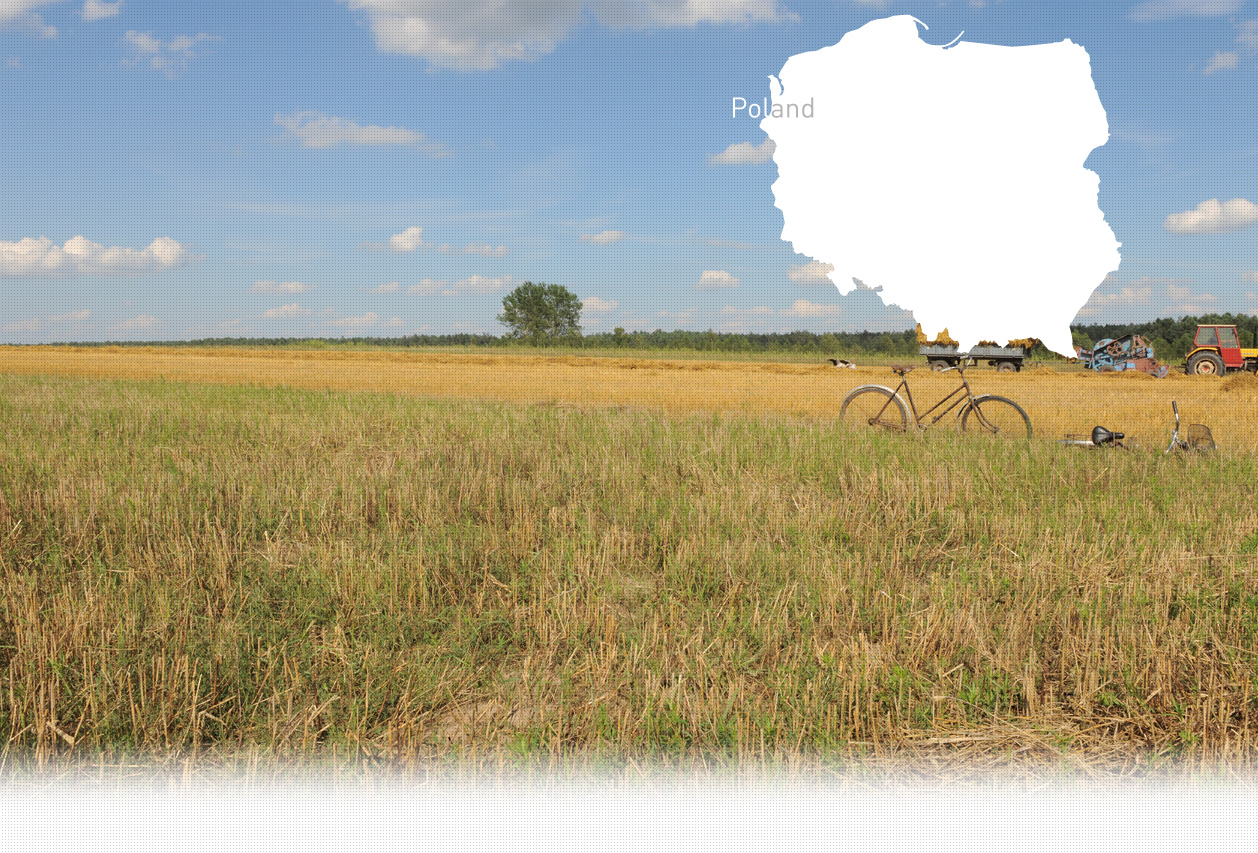

1 Killing site(s)
Stanislaw R., born in 1930: “Jews went to the ghetto because they had to. The Jews were rounded-up by Germans who came to their houses. The Jews took only the most necessary belongings and they had to leave nearly everything in their home and were rounded-up as a herd. They were marched by the town by Germans in the direction of the ghetto. I know many Poles helped Jews in the ghetto. While being confined in the ghetto, the Jews were not allowed to leave its territory. Sometimes, they gave us, through the barbed wire, some money in order to buy a duck, chicken, or eggs for them [to] bring it back to the ghetto. Many Poles helped them, I remember that.” (Witness n°155, interviewed in Turek on November 16th, 2012).
“1/ Date and place of execution: 17/06/1942. 2/ Type of execution: Hanging. 3/ Data concerning the murdered people: Poles, Jews, foreigners: Jews. Number of murdered people: 10. Where are the victims from: Local ghetto. Name, age, profession, address: Podchlebnik zm Dobrej pow Turek Trzaskala The eight other names are unknown. 4/ What were the victims accused of? They apparently didn’t want to work. “[Questionnaire on mass execution and mass grave, n°672. (Miejscowoscz : Cegielnia Dizerzbocka, Gmina : Kowale Panskie, Powiat : Turek, Wojewodztwo : Poznanskie); RG.15-009M]
Czachulec Nowy is located 141km south east of Poznan. Until 1939 few Jewish families lived here. However, the Jewish communities of the area were rather significant since many of the villages had a synagogue and a Jewish cemetery. The majority of Jews were involved in small scale trade and handcraft.
Nazis occupied the villages from September 1939. The persecution of the Jewish population started straight after. Small ghettos gathering about 4,000 Jews. These small ghettos were created in each village before they all were reunited in one huge ghetto built around Czachulec Nowy in the fall of 1941. Jews who lived in the ghetto of Czachulec Nowy came from the nearby villages: Brudzew, Dobra (1,500 Jews), Tuliszkow (230 Jews), Turek (2,000 Jews), Uniejow (1,400 Jews) and Wladyslawow (280 Jews).
The newly created ghetto was fenced in with wooden planks and barbed wire. It was guarded by gendarmes and Jewish police. Many Jewish inmates were selected for forced labor in Kolo and Opatowek or Poznan. Those who refused to go to work were punished or even killed. Thus, on June 17, 1942, ten Jews were hung publicly after allegedly having refused to go for forced labor. The first mass aktion (action) was conducted on December 8th 1941. During this aktion, the Jews were gathered at the main square. 1,100 of them were confined into the church of Dobra without getting any water or food, while others were taken to Chelmno in the gas vans. The final liquidation of the ghetto took place in July 1942. On that day, about 1,660 Jews were deported to the Chelmno death camp. The 89 skilled workers were sent to the ghetto of Lodz., where they were shot afterwards.
Do you have additional information regarding a village that you would like to share with Yahad ?
Please contact us at contact@yahadinunum.org
or by calling Yahad – In Unum at +33 (0) 1 53 20 13 17